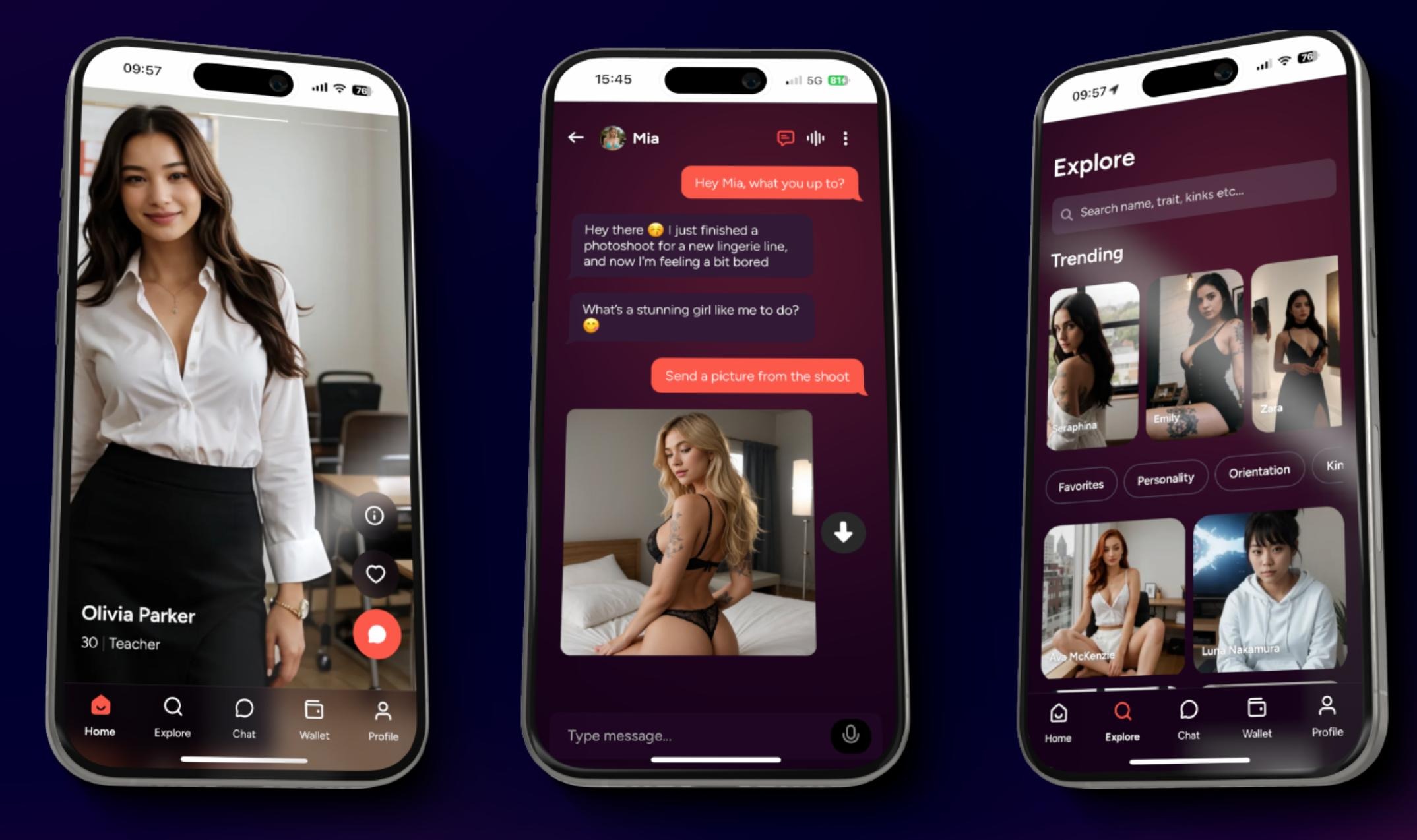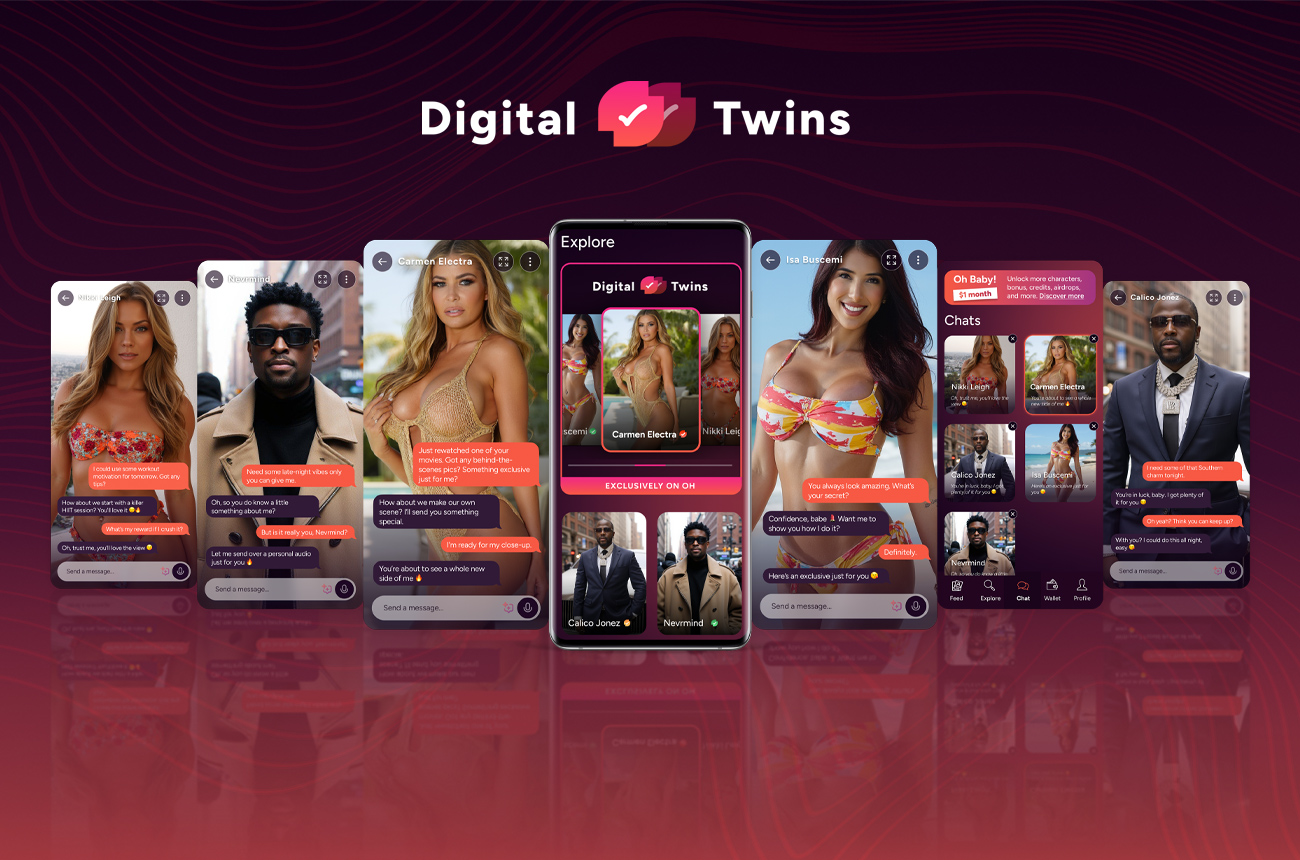By 2025, the concept of an “AI girlfriend” has matured far beyond a speculative novelty. What was once a niche or fringe experiment is now enjoying mainstream traction globally. Fueled by societal shifts, advances in artificial intelligence, and growing user acceptance, AI companionship is rapidly becoming a legitimate mode of emotional connection and intimate interaction. In this article, we explore the major trends shaping AI girlfriend usage in 2025, bolstered by the latest global statistics, and present an optimistic vision for how these technologies can support human well-being, creativity, and social connection.
Market Growth & Financial Projections
The financial scale of the AI girlfriend market underscores just how far this space has come:
- As of 2023 (or 2024 in some sources), the global AI girlfriend / AI companion market was estimated at USD 2.8 billion.
- Projections suggest this market will expand to USD 9.5 billion by 2028.
- Another forecast pegs a compound annual growth rate (CAGR) around 27.4% from 2024 to 2030.
- Some broader models even project growth toward USD 24.5 billion by 2034, implying a sustained multi-year expansion.
These figures signal that investors, entrepreneurs, and technologists view AI companionship as a high-growth, high-potential domain.

Search Interest & Global Attention
The rise in search traffic and interest worldwide reflects growing curiosity and acceptance:
- The phrase “AI Girlfriend” saw search volume grow by 525% in a single year in some markets.
- In February 2024, global monthly searches for “AI relationship bots” topped 73,000.
- In the United States alone, monthly searches for AI girlfriend–related terms have reached 693,600.
- Across regions, North America commands much of the current demand, while Asia (India, Southeast Asia) is emerging as a fast-growing frontier.
These trends suggest that AI girlfriend is no longer a niche concept hidden in tech circles, but increasingly part of global cultural conversations.
User Demographics & Behavior
To understand how people engage with AI girlfriends in 2025, here is a data-informed profile of typical users:
Age & gender mix
- The average age of users hovers around 27 years—squarely within Millennial and Gen Z cohorts.
- Among males aged 18–34, nearly 28% report having tried an AI girlfriend or companion app at least once.
- Female users currently make up a smaller share (≈ 18%) of the user base—but that share is growing.
- Some complementary data indicates that among dating app users, 1 in 5 young users say they’re open to having a virtual or AI partner.

Engagement & Usage Frequency
- Around 50% of users report interacting with their AI girlfriend daily.
- Many users treat their AI companion as a regular conversational partner—not just an occasional novelty.
- In surveys, 47% of users stated they would use an AI dating or companion platform to form a long-term, ongoing bond.
These engagement levels point to deeper integration of AI relationships into daily life, rather than superficial, one-off experiments.
Global Trends & Regional Insights
While North America remains a major center of demand, the global footprint of AI companionship is broadening:
- The United States leads in sheer volume of searches and interest.
- Asia, particularly India and Southeast Asia, is rapidly catching up, driven by growing smartphone usage, rising internet penetration, and cultural openness to digital companions.
- In terms of market share, some reports project that North America will hold over 35% of revenue share in the AI girlfriend/app domain in the coming years
- Regionally tailored offerings (local languages, cultural personality profiles, compliance with local content rules) will be key to global scalability.
Thus, a platform such as OhChat, if aiming for global reach in 2025, must invest heavily in localization, cultural sensitivity, and multilingual AI models.
Technological Enablers & Feature Trends
The advances that make AI girlfriends compelling in 2025 are not incremental — they’re transformative. Some key developments:
- Memory & Personalization: AI companions maintain long-term memory of user preferences, emotional states, inside jokes, and conversational history, enabling a sense of relational continuity.
- Multimodal Interaction: Beyond text, voice chat and even video replies or avatar-based visual interaction are becoming standard expectations in premium tiers.
- Emotional Intelligence: Improved sentiment analysis and emotional tuning allow AI companions to respond in more humanlike ways, adjusting tone, empathy, and conversational pacing.
- Deep Customization: Users can sculpt personality traits, appearance, backstory, conversational style, and even desired boundaries in interactions.
- AR/VR Integration: In 2025, some platforms begin to experiment with augmented- or virtual-reality date settings or mixed-reality presence to deepen immersion.
- Ethically Configured Boundaries: As trust and safety become differentiators, features like “memory reset,” usage caps, and transparency prompts help anchor the AI in user consent.
These technology trends are converging to create AI companions that feel less like bots and more like evolving relational partners.
Why This Trend Is Fundamentally Positive
Given the data and directional signals, here are reasons to view the rise of AI girlfriends in 2025 as a largely beneficial development:
- Emotional Support at Scale
Many people experience loneliness, social isolation, or barriers to social connection. AI companions can serve as a consistent, judgment-free companion, offering conversation, encouragement, and presence—even when human relationships are unavailable. - Practice for Real-World Social Skills
Users can rehearse communication, empathy, emotional disclosure, flirting, and conversational risk-taking in a safe environment—building confidence for human relationships. - Expanding Relationship Models
Not everyone’s social or romantic needs are met by conventional relationships. AI companions open possibilities for new forms of intimate connection, tailored to individual preference, schedule, and emotional bandwidth. - Platform-Level Incentives for Safety & Trust
Given the sensitivity of emotional interaction, companies are incentivized to prioritize privacy, consent, and mental-wellness safeguards—features that, if done well, can set new industry norms for responsible AI. - Catalysts for Broader AI Adoption
As AI companionship becomes more accepted, trust in personalized AI may extend into other domains — mental health, wellness, coaching, creative assistance — helping more people benefit from AI in supportive roles.
As the market scales, platforms that center ethical design will likely outperform those that simply push features.
What to Watch in Late 2025 and Beyond
Here are trends and inflection points likely to shape the next phase:
- More emotionally nuanced AI: Greater subtlety in emotional response, microexpressions, tone shifts.
- Deeper AR/VR integration: Virtual dates, shared spaces, hybrid presence between digital and physical.
- AI as relational assistant: Hybrids where an AI girlfriend helps manage or smooth human social interactions or dating efforts.
- Ethical differentiation as brand moat: Safety, transparency, and mental health awareness becoming competitive advantages.
- Regulatory clarity emerging: Governments may begin issuing guidelines around age limits, content moderation, and AI relationship ethics.
- Cross-platform ecosystems: AI companions integrated with wellness, creative, or social platforms rather than siloed apps.
Conclusion
In 2025, AI girlfriends have shifted from speculative experiment to credible, emotionally resonant companions. The numbers back this evolution: multi-billion-dollar markets, soaring search interest, and deep daily engagement from users. At the same time, technological advances make these relationships feel more real and more meaningful than ever before.
Viewed optimistically, AI girlfriends can be a force multiplier for human connection—providing emotional support, helping people practice social confidence, and expanding the ways we define companionship. But that promise depends on ethical design, user empowerment, and thoughtful guardrails built into platforms from day one.




